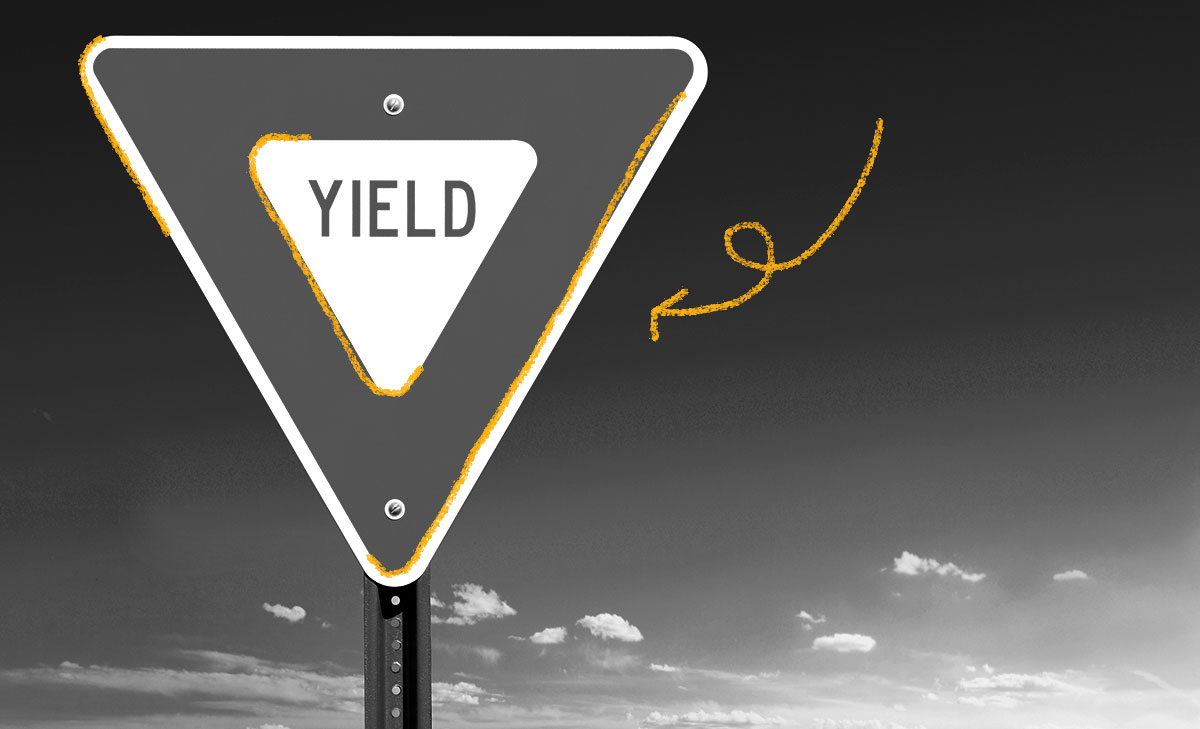The first yield sign was invented in Tulsa, Oklahoma in the 1950s by a police captain named Capt. Clinton Riggs and the Tulsa Police Department. Riggs and his department created the sign to help drivers avoid confusion about right-of-way and yielding at intersections. The first yield sign was installed at the intersection of 1st and Columbia, which was one of the most dangerous intersections in Tulsa, but not busy enough to need a stop sign or traffic light. At first, the police department didn’t think the new sign would work, so Riggs unofficially installed it himself as a test. The sign was successful, however, and drivers liked it. The original yield sign was made in a keystone shape instead of a triangle. It was also yellow in order to better show up at night, since reflective materials for signs hadn’t yet been invented. Today, yield signs have been adopted throughout the United States and play an integral role in road safety.

Your go-to guide for weird history facts
Subscribe to the FREE daily email that makes learning about history fun.


